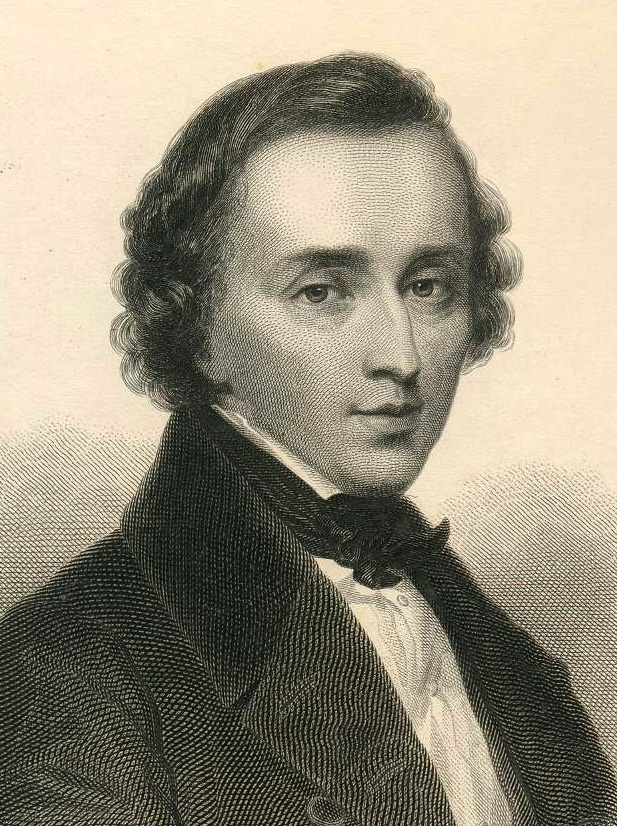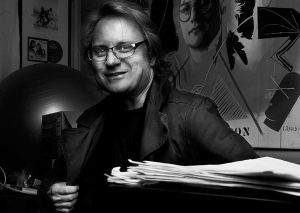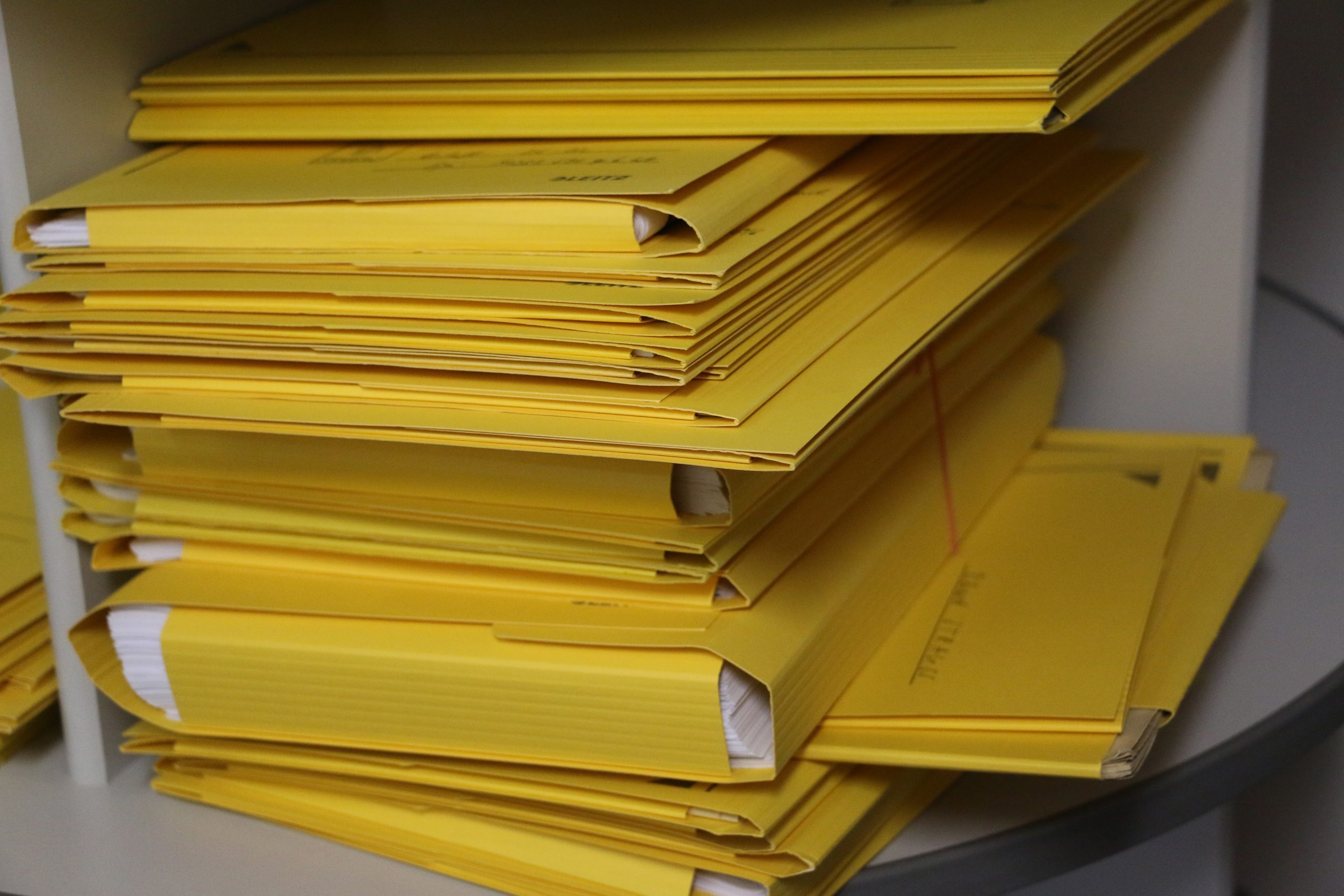I can’t recall when I first read Alfred Einstein’s Mozart biography.[i] Most probably during my first semester in Munich at Ludwig Maximilian University’s Musicology Institute, in the very same rooms where Alfred Einstein had also studied musicology about 80 years before me. As a Jew, he had to flee Munich with his family at the end of the 1930s and emigrate. I found on the Internet a moving biographical memoir by Einstein’s daughter Eva. The Mozart biography is dedicated to her, as well as to Einstein’s wife Hertha and his sister Bertha: ‘To My Three Ladies’ is the Mozartian title on the frontispiece.
What I do know, though, is that I have been an ardent admirer of Einstein’s diction ever since I first read this biography. He always writes out of love and enthusiasm for the subject, also from the perspective of great insight into human nature, namely, personally judgmental, empathetic, sometimes lavishly panegyrical, sometimes even a bit condescending. He is concerned solely with the essence (he says ‘character’) of Mozart the person and his compositions. Thanks to his immense knowledge, Einstein’s Mozart book is also informative on every page. Given that today not all his factual assertions are still ‘tenable’, he would have been the first to acknowledge the findings of Mozart research.[ii] Above all, however, his style is unpretentious and avoids any kind of pompous technical pretension. That impresses me. Apart from that, as just examples of his much more comprehensive life’s work, Alfred Einstein fundamentally revised the third issue of the Köchelverzeichnis [Köchel Thematic Catalogue] (1937), and he was the first to publish a philologically verifiable edition of the ‘Ten Famous String Quartets’ (1945).[iii]
The German first edition (1947) of Mozart. Sein Character, sein Work, which I bought in an antiquarian bookshop, is one of the very few books that I’ve several times read in its entirety. Samples?
‘In matters of art Mozart admitted no compromises; and his gift of clear observation, which was like a child’s, led him to discover the ludicrous and weak sides of a man rather than his worthier qualities.’ (p. 85)
‘Mozart’s music, which to so many of his contemporaries still seemed to have the brittleness of clay, has long since been transformed into gold, gleaming in the light, though it takes on a different luster for each new generation.’ (p. 471)
‘The “Prague” Symphony contains, in its slow movement, a further example of the marvelous fusion of the galant and “learned” that Mozart attained at the end of his life… [K 504, 2nd movement, mm. 8 ff.]… There are hundreds and thousands of such passages; they are evidence of that “second naïveté” for which only a few masters in all the arts were predestined and which actually presuppose a long life – in Mozart they are the more miraculous since he lived to be only thirty-six.’ (p. 155 f.)
There it occurs, the concept ‘second naïveté’. Einstein uses it in the book in several places (I haven’t counted how often) when discussing Mozart’s ‘late works’.[iv] In the chapter on the piano concertos, he twice refers descriptively to the ‘second naïveté’:
The secondary theme in the first movement of the C-major Piano Concerto K. 467 is ‘of that utmost simplicity of which only great men are capable, men who possess that “second naïveté,” which is the highest achievement of artistic and human experience.’ (p. 308):
In Einstein’s description of Mozart’s last Piano Concerto in B-flat major K. 595 – I’m currently editing the work for G. Henle publishers – the unusually suggestive term is likewise used: ‘This last Piano Concerto is also a work of the highest mastery in invention – invention that has the quality of that “second naïveté” of which we have spoken [!] …. It is so perfect that the question of style has become meaningless. The very act of parting from life achieves immortality.’ (p. 315):

Mozart, K. 595, 3rd movement (Rondo. Allegro), mm. 1–8, autograph
And when describing the Larghetto from the C-minor Concerto K. 491, Einstein refrains from using the term, though meaning it when he says that this music moves ‘in regions of the purest and most moving tranquillity, and has a transcendent simplicity of expression.’ (p. 311)
In my opinion, thanks to this formulation, Alfred Einstein succeeds astonishingly in getting to the heart of a central essential phenomenon of the late Viennese Mozart’s music without having to go into (usually unpalatable) musico-analytical trivia. The ‘second naïveté’ may be terminologically more diffuse than ‘six-four chord’, for example, but it has the power to help us better understand our childlike joy and adult shock when listening to or playing numerous passages in Mozart’s music. ‘Six-four chord’ doesn’t do it!
When Einstein specifically describes Mozart’s ability to achieve this ‘second naïveté’ as ‘of that utmost simplicity of which only great men are capable, men who possess that “second naïveté,” which is the highest achievement of artistic and human experience.’ (p. 308), this admittedly reads at least as mystical, if not as pseudo-religious. And in fact, the term does not come from Einstein at all, but from an influential theological discourse of the early 20th century. More on this in a moment.
Intuitively, I already knew immediately what Einstein meant by ‘second naïveté’ the first time I read it: our very original, ‘first’, i.e., childlike ‘naïveté’ is astonished, innocent, innocuous, simple, guileless, genuine, natural, healthy, trusting, communicative and often enough also original. Anyone who has children knows what I’m talking about. Many melodies of the late Mozart speak to us directly in precisely this sense, touch us in our innermost being, because they are obviously not (or are no longer) ‘constructed’ (for example, through counterpoint, complex harmonisation, surprise effects, etc.), but come precisely from an adult composer who, as a human being, had, on the one hand, long since lost his childlike innocence (amongst other things, through his ability to reflect and his experience of suffering and loss), and as an artist had had, on the other hand, to leave his child-prodigy naïveté behind. And we listeners feel intuitively and longingly the loss of our own innocent childhood – insofar as we are at all able to maintain an openness for such deep emotional access to music.
Einstein is right: such deeply moving passages of ‘second naïveté’ in Mozart’s oeuvre are innumerable. If we were to shine our musico-analytical torch more closely at them, we could quite well describe the sophistication of such invention and its ingenious treatment, but we would probably never really get to its essential core. In countless places, Einstein chooses the rather vague formulation of a ‘fusion of galant and “learned”’.
My observation now is that this ‘material’ seems to have been drawn from a kind of Mozartian ‘wellspring’. For many of the ostensibly ‘naïve’ melodies are related to each other: they are musically very similar. I shall give just one example of this below, that is, the touching opening of the Clarinet Concerto K. 622 – one of Mozart’s very last works. And I am adding two melodic cognates from other works which, for me, come from the same pure, secret source of ‘second naïveté’. The music examples speak for themselves:

Mozart, K. 622, 1st movement (Allegro), mm. 1–4 (HN 729)

Mozart, K. 563, 1st movement (Allegro), mm. 27ff. (HN 9625)
And now a surprising twist. The expression ‘second naïveté’ was not coined at all by Alfred Einstein, but almost exactly 100 years ago, in 1925, by the religious philosopher Peter Wust (1884-1940). The essay (which can be downloaded as a pdf), superbly written on the subject by fundamental theologian Joachim Negel, is highly recommended to all readers of this blog who are interested in philosophical, religious-pedagogical or theological issues.[v]
The theological discourse of the ‘second naïveté’ deals with the core problem of the impossibility of belief in a (Creator) God in post-Enlightenment times. Reason, scepticism and scientific knowledge are fundamentally opposed to the naïveté of faith. Words from the Bible, insofar as they still play a role at all in our modern age, are usually dismissed with a shake of the head as long-since demythologised stories from children’s fairy tales, therefore no longer offering any indirect access to God or faith. The ‘second naïveté’ would now like to afford the way back – or rather down – to a childlike, marvelling faith for the modern, enlightened, highly-doubting adult:
‘After he had learned all that could be learned, experienced all that could be known and asked all that could be asked, the world of faith arose in him again, intact at its core, and he grasped it with regained childlikeness … a new mental attitude, that of the second naïveté.’
– a sentence by the German-born Israeli philosopher of religion Ernst Akiba Simon (1900-1988), located in footnote 28 of Negel’s essay, and the subject of a separate chapter. Simon developed the idea of the ‘second naïveté’ in the 1930s, though surprisingly without knowing Peter Wust’s neologism and its fundamental considerations. (And, to round off what has been said here: The best-known representative and most prominent exponent of the ‘second naïveté’ was then, shortly thereafter, the much-read French philosopher Paul Ricœur [1913-2005]).
Back to Alfred Einstein. What I hadn’t at all noticed before becoming involved with this discourse, something going far beyond a suggestive rhetorical figure, is that in his biography of Mozart Einstein always puts the phrase in quotation marks or italicises it. I have always understood this as meaning ‘so to speak’, but perhaps he wanted to identify the term as a quotation? – though he never reveals his source. The book, written for a large readership, has hardly any footnotes or a list of secondary literature; if citing a quotation source at all, Einstein usually does so on the spot. We could therefore speculate as to which author the comprehensively educated Alfred Einstein might have read. My best guess is the writings or ideas of Ernst Akiba Simon, who had, at about the same age, also had to flee Germany because of Nazi barbarism. Possibly providing information about this could be Einstein’s estate, preserved in the Hargrove Music Library, University of California at Berkeley; however, the short indices offered online do not list the names Wust, Ricœur and, above all, Simon. Unfortunately, my relevant inquiries have so far remained unanswered.
The conscious or unconscious transfer of the phrase ‘second naïveté’ from the theological to the musico-hermeneutical sphere, especially in the so clear-sighted reference to Mozart’s creativity, remains as far as I can see, to Alfred Einstein’s sole credit in any case.
[i] Alfred Einstein, Mozart. Sein Charakter, sein Werk, Stockholm: Bermann-Fischer-Verlag 1947; full text available here. Einstein’s preface is certainly not dated 9 May 1945 fortuitously (end of the World War II).
English original edition: Alfred Einstein, Mozart, His Character, His Work, translated by Arthur Mendel and Nathan Broder, New York: Oxford University Press 1945; paperback reprint ibid. 1962 and later; link to the reading extract. Though Einstein wrote the book in German, of course (see also Eva Einsteins memoir), the quotations cited here are taken from the Mendel-Broder English translation.
[ii] An example: Regarding the fragmentary Allegro in G minor K. 312, probably composed in 1790/91 [see K.6: 590d], Alfred Einstein admits without excuse that ‘I myself dated [it] quite mistakenly, alas, when I placed it among the “Munich” sonatas.’ (p. 250 f.).
[iii] W. A. Mozart, The Ten Celebrated String Quartets. First authentic edition in score based on autographs in the British Museum and on early prints, ed. by Alfred Einstein, London: Novello 1945.
[iv] In the German edition: ‘zweite Naivität’. In conjunction with the ‘Ave verum’ K. 618 he formulates this as: ‘second simplicity’ (p. 352).
[v] Joachim Negel, Zweite Naivität. Begriffsgeschichtliche und systematische Erwägungen zu einem vielbemühten, aber selten verstandenen Konzept, in: Thomas Möllenbeck and Ludger Schulte [eds.], Weisheit – Spiritualität der Menschheit, Münster: Aschendorff 2021, pp. 279–305; full text available here.





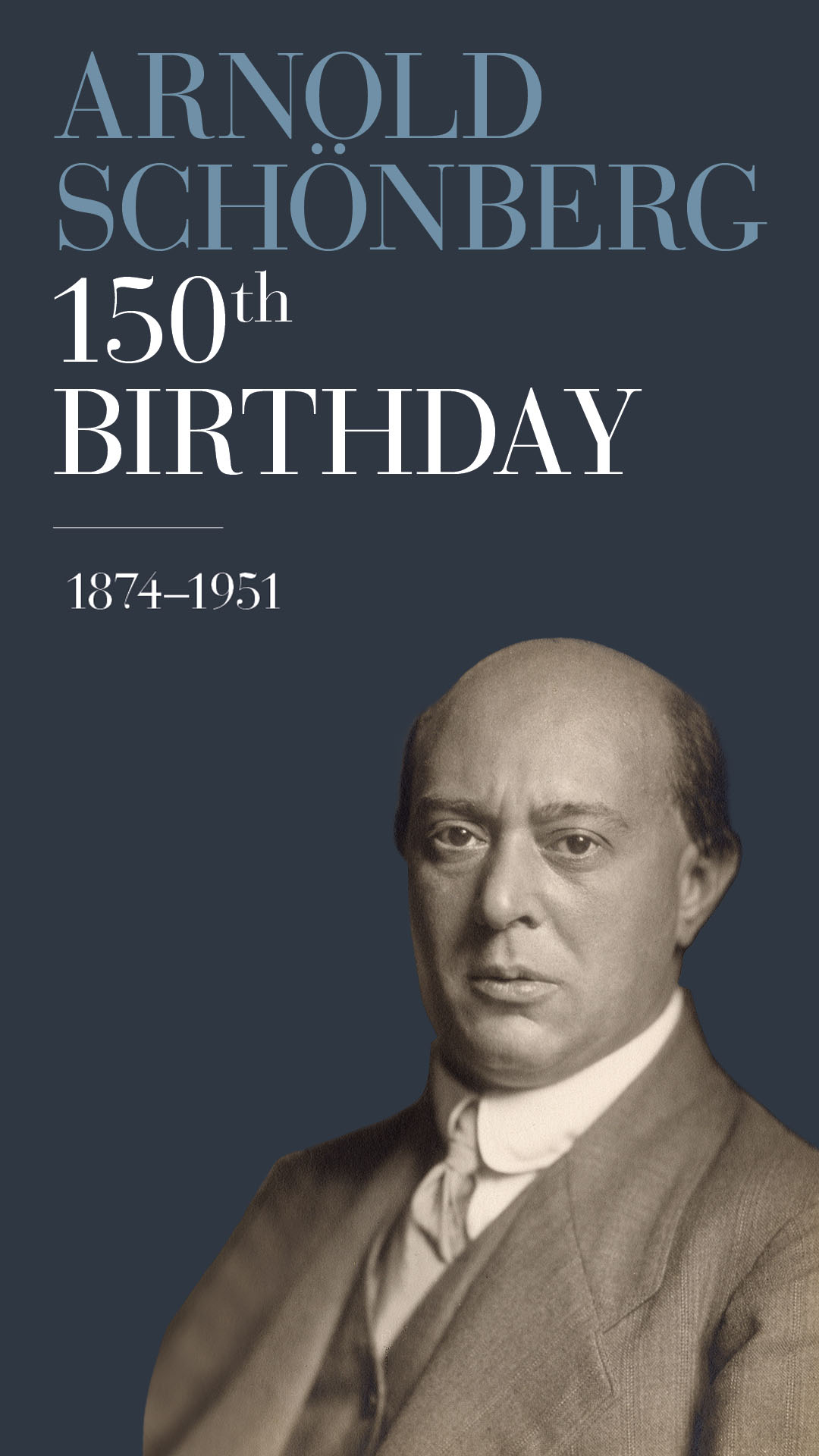



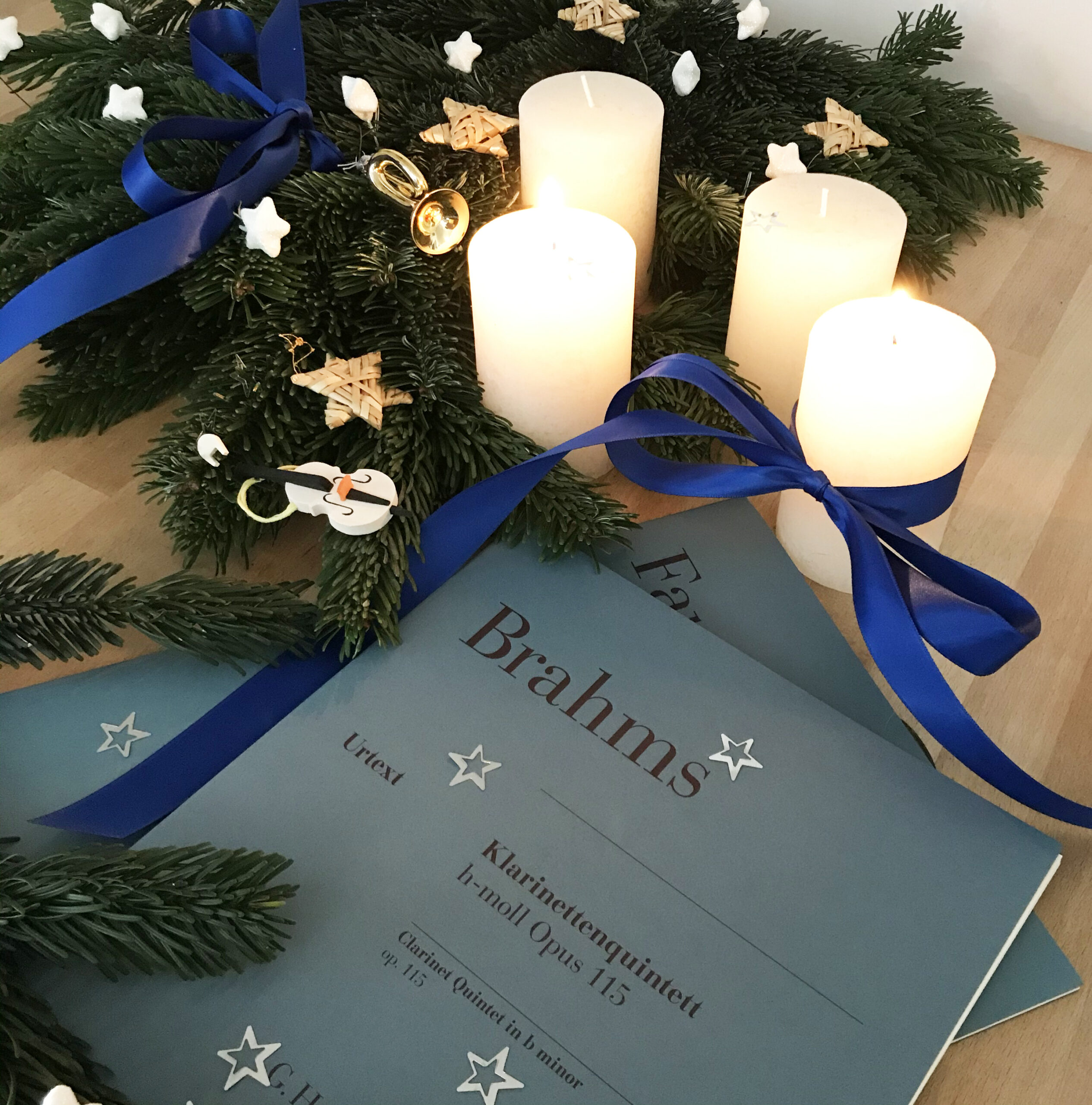
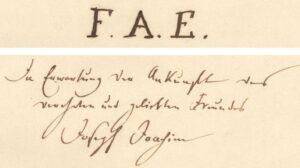 Our new Urtext edition
Our new Urtext edition 